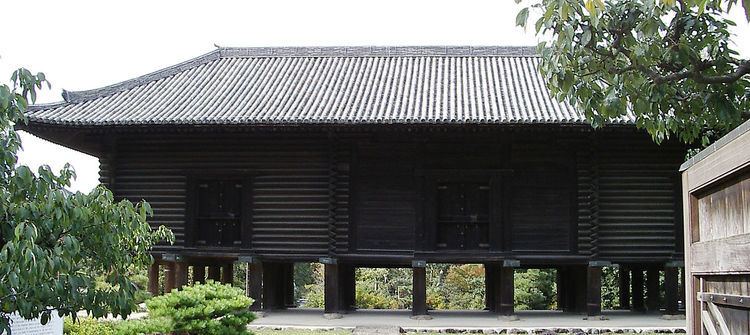645–650 Taika 686–686 Shuchō 704–708 Keiun | 650–654 Hakuchi 701–704 Taihō 708–715 Wadō | |
 | ||
Enpō (延宝) was a Japanese era name (年号, nengō, "year name") after Kanbun and before Tenna. This period spanned the years from September 1673 to September 1681. The reigning emperor was Reigen-tennō (霊元天皇).
Contents
Change of era
Events of the Enpō era
References
Enpō Wikipedia(Text) CC BY-SA
